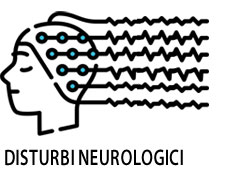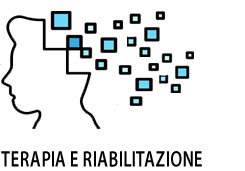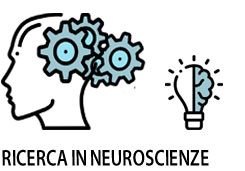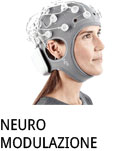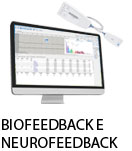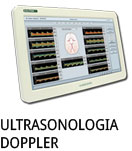- +39 011 5821948
- info@geasoluzioni.it
- Lun - Ven 8:00 - 17:00
Focal Hemodynamic Responses in the Stimulated Hemisphere During High-Definition Transcranial Direct Current Stimulation
- Abstract:
- OBJECTIVE: High-definition transcranial direct current stimulation (HD-tDCS) using a 4 × 1 electrode montage has been previously shown using modeling and physiological studies to constrain the electric field within the spatial extent of the electrodes. The aim of this proof-of-concept study was to determine if functional near-infrared spectroscopy (fNIRS) neuroimaging can be used to determine a hemodynamic correlate of this 4 × 1 HD-tDCS electric field on the brain. MATERIALS AND METHODS: In a three session cross-over study design, 13 healthy males received one sham (2 mA, 30 sec) and two real (HD-tDCS-1 and HD-tDCS-2, 2 mA, 10 min) anodal HD-tDCS targeting the left M1 via a 4 × 1 electrode montage (anode on C3 and 4 return electrodes 3.5 cm from anode). The two real HD-tDCS sessions afforded a within-subject replication of the findings. fNIRS was used to measure changes in brain hemodynamics (oxygenated hemoglobin integral-O2 Hbint ) during each 10 min session from two regions of interest (ROIs) in the stimulated left hemisphere that corresponded to "within" (Lin ) and "outside" (Lout ) the spatial extent of the 4 × 1 electrode montage, and two corresponding ROIs (Rin and Rout ) in the right hemisphere. RESULTS: The ANOVA showed that both real anodal HD-tDCS compared to sham induced a significantly greater O2 Hbint in the Lin than Lout ROIs of the stimulated left hemisphere; while there were no significant differences between the real and sham sessions for the right hemisphere ROIs. Intra-class correlation coefficients showed "fair-to-good" reproducibility for the left stimulated hemisphere ROIs. CONCLUSIONS: The greater O2 Hbint "within" than "outside" the spatial extent of the 4 × 1 electrode montage represents a hemodynamic correlate of the electrical field distribution, and thus provides a prospective reliable method to determine the dose of stimulation that is necessary to optimize HD-tDCS parameters in various applications.
- Patologie/Applicazioni:
- Anno:
- 2017
- Tipo di pubblicazione:
- Articolo
- Parola chiave:
- ossigenazione cerebrale; stimolazione elettrica transcranica; neuromodulazione; hd-tdcs
- Testata scientifica:
- Neuromodulation
- Nota:
- L'obiettivo di questo lavoro è valutare se la spettroscopia ad infrarossi (NIRS) può essere utilizzata come correlato emodinamico della stimolazione elettrica transcranica. I soggetti sono stati sottoposti ad HD-tDCS e alla contemporanea registrazione emodinamica con tecnologia NIRS. La variazione dell'emoglobina registrata nell'area stimolata e intorno ad essa correla con la distribuzione del campo elettrico, offrendo una prospettiva alla NIRS come metodo di dosaggio della stimolazione utile ad ottimizzare i parametri della HD-tDCS.
- DOI:
- 10.1111/ner.12632
Hits: 1915
La nostra storia
GEA soluzioni si affaccia nel 2013 al mercato della strumentazione medicale di alto livello tecnologico ma la sua storia parte da più lontano, clicca qui per approfondire.
GEA SOLUZIONI SRL
via Spalato 72/A, Torino
Tel.: 011 5821948 / 011 4463853
Fax: 011 0433281
Email: info @ geasoluzioni.it
P. IVA IT11696920013
REA TO1233648

